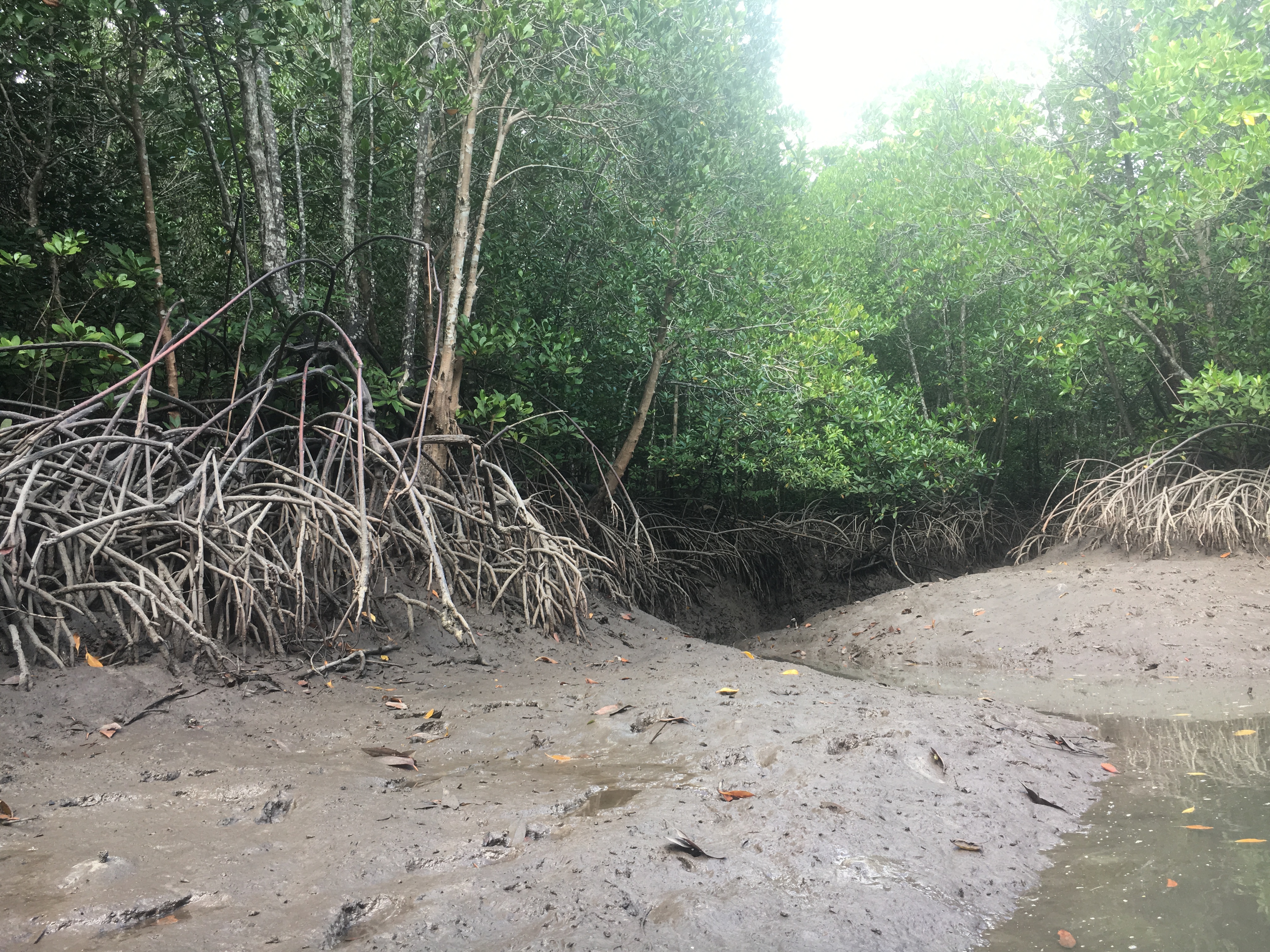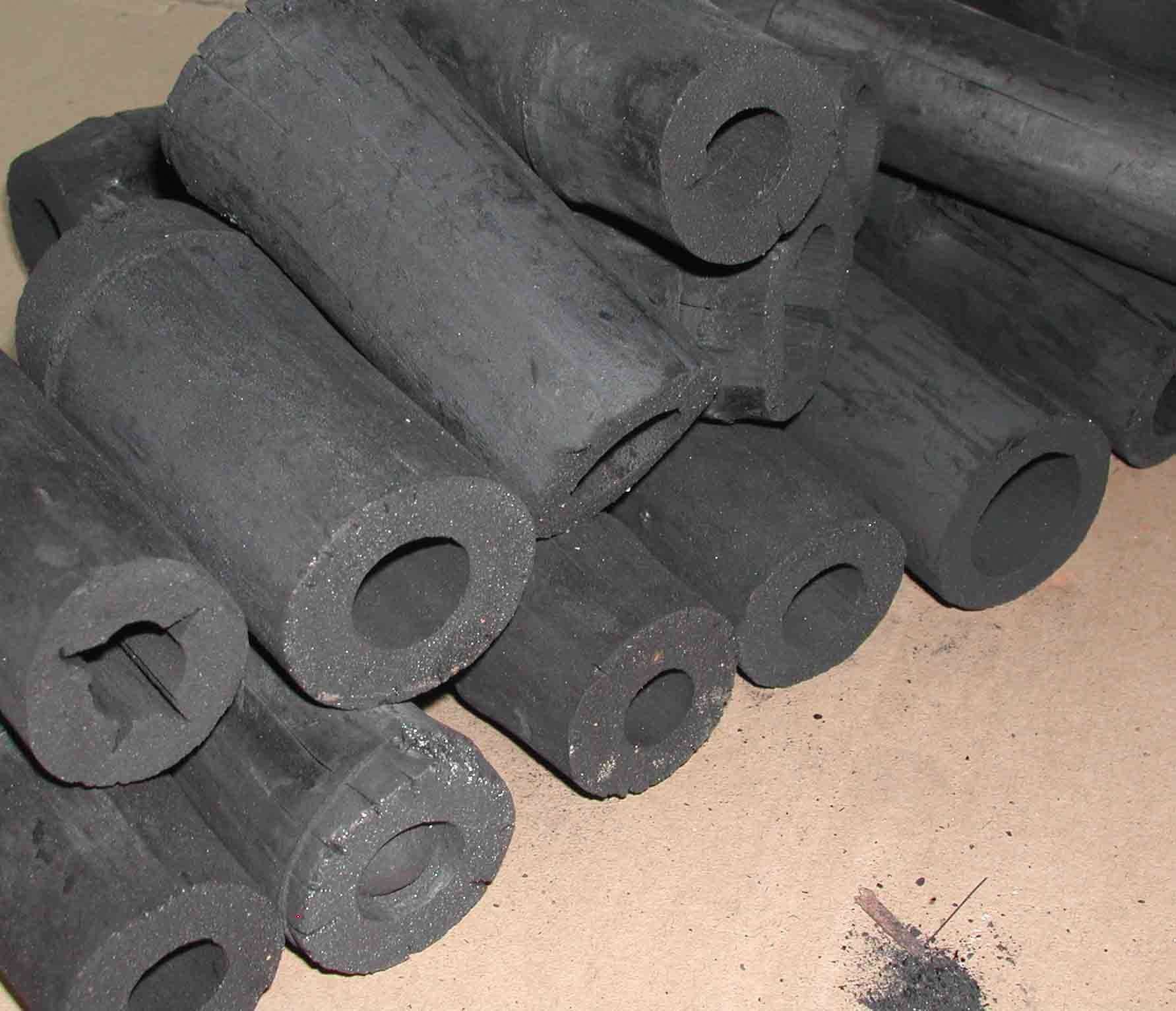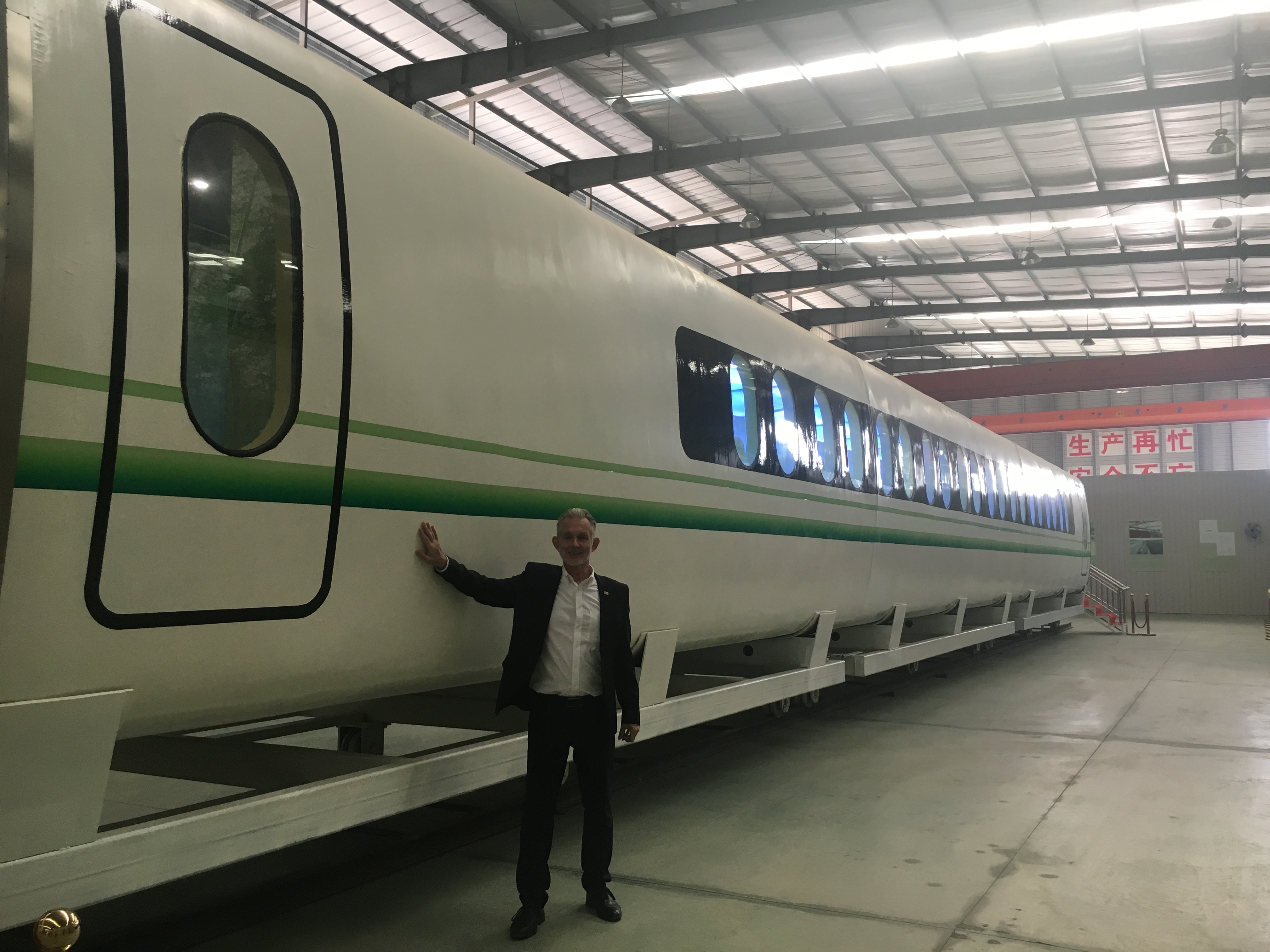The United Nations Climate Action Summit has given a real boost to the recognition that nature can help us reach some of the Sustainable Development Goals (https://www.unenvironment.org/nbs-contributions-platform). There are some wonderful new innovations that use natural products instead of materials that a made from plastic.
- For example, companies in Indonesia (https://www.avanieco.com/) and Thailand (http://www.ubpack.com/) are manufacturing carry bags, and packaging from cassava starch with bamboo reinforcement. These items are bio-degradable alternatives to plastic utensils.
- In India (https://elephantpoopaper.com/index.html) and Kenya (https://www.bbc.com/news/business-36162953), handmade paper and card is made from elephant dung. The fibre content of elephant droppings is very high and it provides an excellent raw material to produce paper products. This kind of paper does not require any trees to be cut.
- A company in Italy is producing a type of vegetable leather made from a particular mushroom( https://www.mycoworks.com/) . The mushroom leather does not cause any animal to be slaughtered, and the production does not require the use of chemicals that have serious environmental impacts.
But, these exciting new innovations are all still small-scale, experimental activities. In order to illustrate the real impact that nature can make, I will highlight four larger scale developments. They are all supporting large-scale reforestation, because a tree is the cheapest and most efficient machine to suck CO2 out of the air, and many trees make a forest. (https://www.youtube.com/watch?v=TL2swGjau8w)
The first example is the planting of mangroves for coastal protection to create true green infrastructure! It was clear after the 2004 tsunami that coastal areas that still had natural mangrove forests came away with less damage than those coastal flats where the mangroves had been cut. Recent modelling research at NASA found that a 2-meter-wide strip of mangroves along the shore can reduce wave height by 90 percent.
Mangroves are therefore re-planted to increase coastal protection. Moreover, mangroves are also a major breeding ground for a range of marine life, and a healthy mangrove forest is the foundations for thriving on-shore fisheries industry. Finally, mangroves have an enormous capacity for sucking up carbon dioxide and other greenhouse gases.

It is therefore not surprising that many coastal nations in the tropics are including mangroves in their current reforestation efforts. A recent report notes that Senegal has planted 79 million mangrove trees, which will help protect vital arable land, preserve aquatic habitats and absorb around 500,000 tonnes of carbon over 20 years. (https://www.weforum.org/agenda/2019/09/senegal-is-planting-millions-of-mangrove-trees-to-fight-deforestation/) During the meeting of the China Council for International Cooperation on Environment and Development in New York, we were told that China will support bamboo conservation in Southeast Asia as part of its Belt and Road Initiative.
The second example is the use of bamboo to produce off-the-grid household energy in remote communities by manufacturing charcoal from bamboo, as an alternative for the often illegally harvested wood charcoal. After all, woody bamboo looks like trees, but they are all grasses, and can be harvested sustainably without the need for reforestation. Bamboo charcoal has little smoke, no sparks and a similar calorific value as acacia or teak, and bamboo is a giant grass that is readily available throughout the tropics.

bamboo charcoal
Ethiopia and Ghana have already thriving local bamboo industry, and other countries in Africa are hoping to replicate their achievements. Recently, India announced at UNCCD COP 14 that they will promote this as well. (https://www.hindustantimes.com/india-news/india-to-pitch-for-charcoal-extracted-from-bamboo/story-4iyFbdHqBB7pXvG0xOIegO.html)
The third example is the use of wood as a modern building material. Most of the current construction boom around the world depends on cement and concrete, which is made from sand and limestone, both non-renewable resources. According to Chatham House, concrete production accounts for eight per cent of the world’s carbon dioxide emissions.
Cross Laminated Timber (CLT) is a modern alternative to concrete that stands out for its strength, appearance, versatility, and sustainability. This material consists of planks of sawn, glued, and layered wood, where each layer is oriented perpendicular to the previous. In this way structural rigidity for the panel is obtained in both directions, similar to plywood but with thicker components.

CLT is already being used for low-rise construction in many countries, but a recent proposal for London, called Oakwood Timber Tower, is nearly 300 metres tall. (http://www.plparchitecture.com/oakwood-timber-tower.html)
Fourth, bamboo fibre is being used to produce composites for a range of applications. Basically, it involves the use of natural bamboo strands as an alternative to the glass and carbon filaments in plastic-fiber composites.
In China, drainage pipes and railway carriages are already produced using bamboo fibre as the main material.

Railway carriage made by bamboo winding technology
Several European car manufacturers are currently using bamboo fibre in dashboards and trims, and they are looking into the application of bamboo composites for the shell of the cars. Bamboo is used as the main material for the blades of modern wind turbines in China, and discussions for joint venture production are under way in other parts of the world. And a consortium in France is seriously looking into the use of bamboo composites for airplane cabin interiors and panels. (https://www.compositesworld.com/news/consortium-works-to-develop-biosourced-composites-from-bamboo-fiber)
I am working with a company in the Netherlands that is planting bamboo in southern Europe, with the aim to create a source of fibre for European manufacturing. European bamboo fibre has a much lower carbon footprint than fibre from other parts of the world, while creating bamboo plantations will help the countries in southern Europe to absorb more carbon and re-create new jobs in their struggling agricultural sector. (bamboologic.eu)
All of these initiatives already make a difference, but need further upscaling, if we want to make real impact. As most are investment opportunities, they do not rely on project funding from Governments or Foundations, but they are looking for private investors who are willing to fund new sustainable development activities.

0 comments
Write a comment